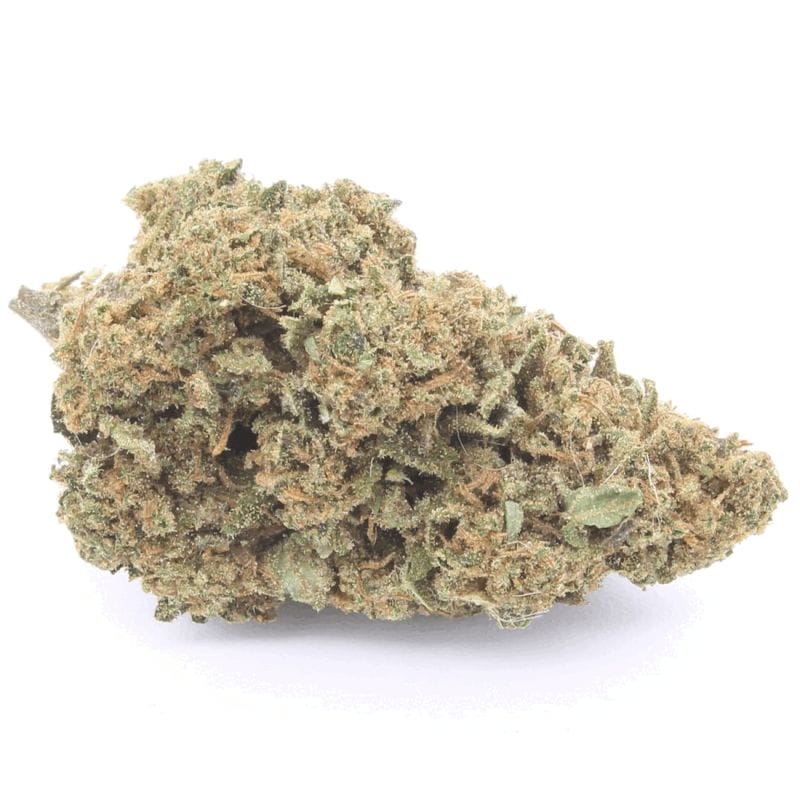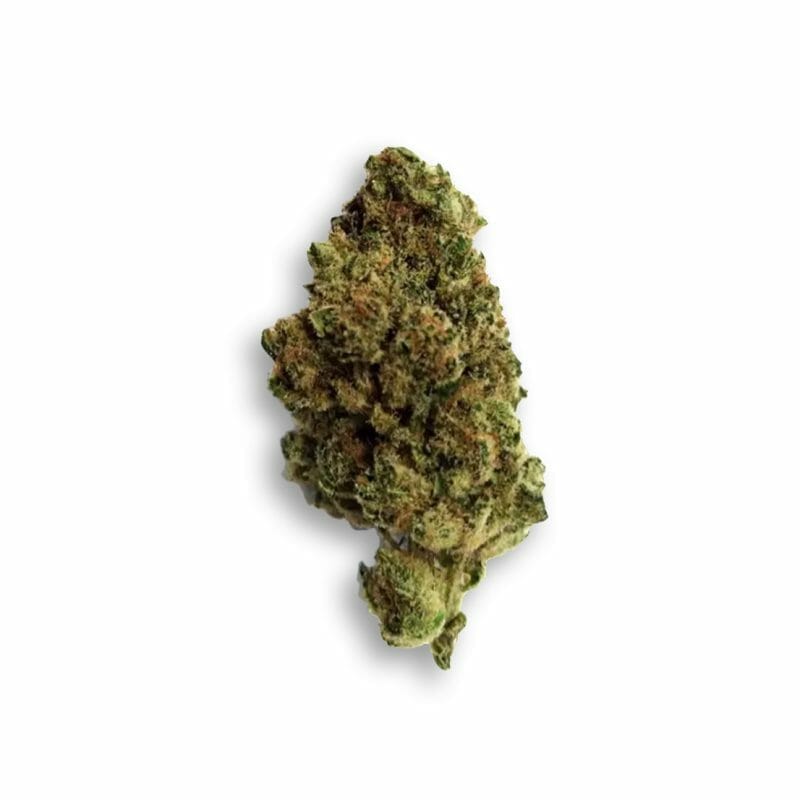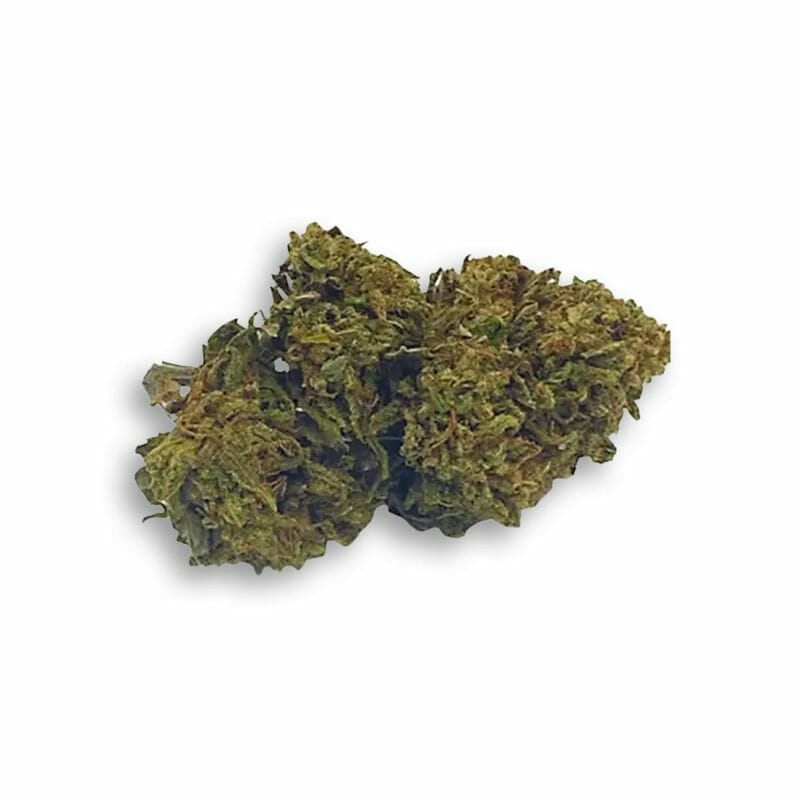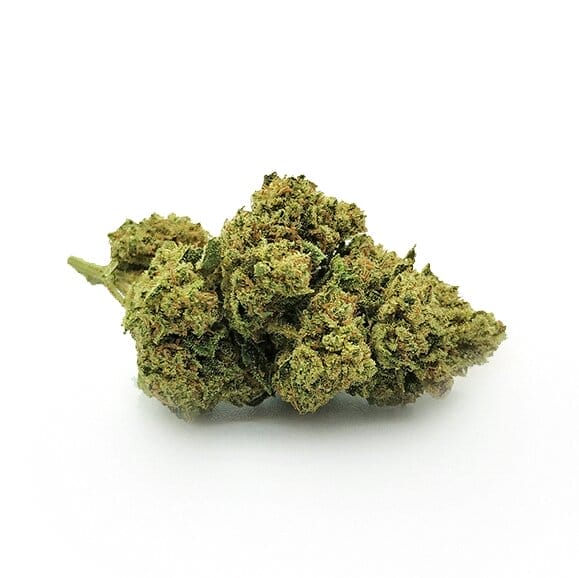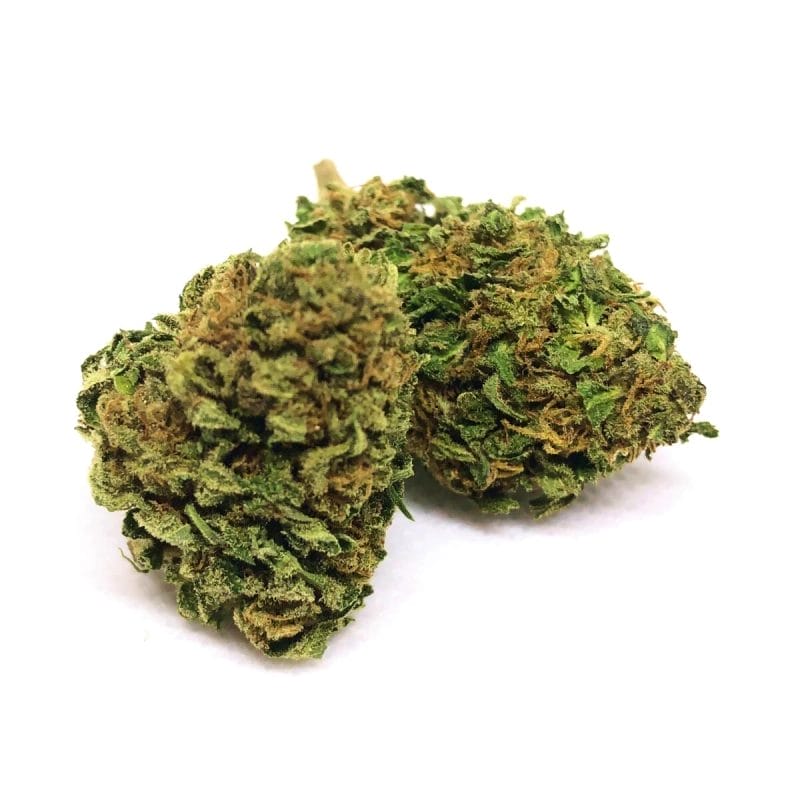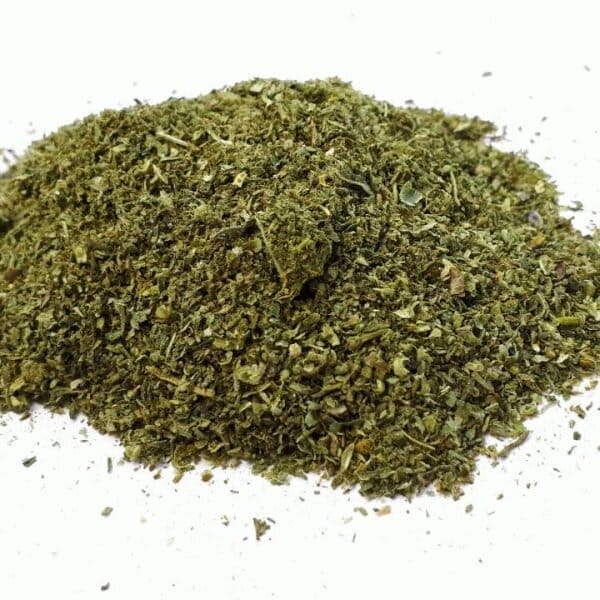In 2024, the legalisation of weed in Europe keeps evolving relentlessly, with various countries having adopted different policies regarding its cultivation, sale and consumption.
While some countries have embraced a more liberal policy towards cannabis, allowing its recreational and/or medicinal use, others have maintained stricter restrictions or even banned it altogether.
There are those who have foreseen complete legalisation, to the delight of cannabis enthusiasts, those who have envisaged decriminalisation for personal use, those who allow its use for medical purposes, and those who just don’t want to hear about it and still consider it illegal.
This multifaceted situation reflects a complex interaction of social, cultural, economic, political factors that influence the decisions of national governments.
So, where is weed currently legal in Europe? In which countries do you run into legal problems? And in which do they allow more freedom?
Let’s examine the current state of legalisation of the herb, as well as the existing variants of legal sativa hemp, in several European countries in 2024.
Countries where weed is legal in Europe
When we think of countries where weed is legal in Europe, the first one that comes to mind is clearly the Netherlands; here it has been legal to sell, buy and consume weed in authorised places, the famous coffee shops, since 1975, and possession and cultivation outside this circuit is decriminalised. For this reason, over time, the country has become a favourite destination for lovers of the substance.
But what is the situation in other states? Here is where weed is legal in Europe.
Luxemburg
Luxemburg was the first EU country to legalise cannabis for recreational use in 2021. In fact, according to regulations still in force, adults may grow up to four cannabis plants at home, with seeds purchased online or in physical shops.
The explanation for this course of action is that drugs had become a major problem in the nation and cannabis represented the main portion of the market. In an attempt to curb illegality, the executive changed the law on both production and consumption.
Even in public, it is now legal to transport and consume up to 3 grams of cannabis. The quality of the product is obviously guaranteed by a state-run production and distribution system. In this way, the problem of illegality is mitigated and health safety is also better guaranteed.
So, if you wonder where it is legal to smoke pot in Europe, it is privately in Luxembourg and Malta. Remember, however, that use in public is still and always considered illegal.
Malta
Along with Luxembourg, among the first countries to legalise cannabis is Malta, which achieved even more in 2023, when recreational marijuana was legalised.
The categories of cannabis currently available in Malta are medical cannabis with a THC of up to 22%, cannabis for personal use, commercial and home cultivation, and use in Cannabis Clubs.
An adult individual may grow up to four plants on his private property, but they must not be visible from the outside. In addition, each plant must not exceed 50 grams of production.
It is also possible to possess up to 7 grams of cannabis purchased from authorised shops. There may be different rules for those who have already obtained a criminal conviction in the past.
Interesting is the establishment of Cannabis Clubs by anonymous users, who must not be for profit and may not sell more than 50 grams per month. Anyone can set up a club, as long as it is located away from schools. They can also sell seeds, without exceeding twenty units.
It is still illegal to consume weed in public, an offence for which there is a 250 euro fine. It is also forbidden to consume in the presence of minors.
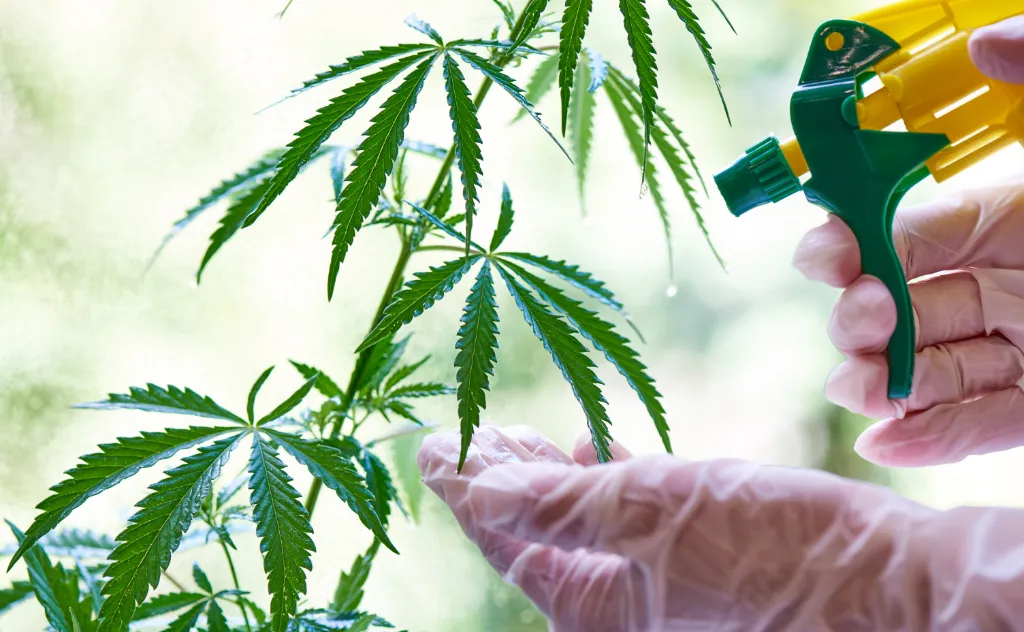
Germany
Also in Germany, as of April 2024, an adult will be able to grow up to three cannabis plants in their home for personal use. This will make possession and cultivation legal, in addition of course to cannabis for medical use and sale in licensed clubs. It is up to 50 grams of possession in the home, and 25 on the person for personal use only.
Social clubs, which we mentioned with reference to Malta, are also a reality in Germany. Here, an experimental model allowing consumption in associative spaces has already been in place for years.
The sale of marijuana products will also be possible by authorised pharmacies in certain areas of the country, which will be monitored to collect scientific data.
The purchase is obviously forbidden for minors, while those between 18 and 21 years of age can buy up to 30 grams of cannabis with a THC content of up to 10 per cent.
The Netherlands
Despite the fact that the law in the Netherlands is thought to be softer, the sale of cannabis in coffee shops is actually tolerated, although in the eyes of the law it would be a crime. However, possessing and using it in public places is currently not legal.
This does not seem to liberate this country, which walks a very fine line. However, steps are being taken with experimental regulations to see how the phenomenon may evolve. At the moment, only the possession of 5 grams of cannabis is tolerated.
Coffee shops, being technically illegal but tolerated, have always supplied themselves in unlawful ways. The government’s aim is precisely to succeed in legalising cultivation in order to ensure greater health safety, while also controlling the THC content.
Spain
In Spain, although we are talking about minimal quantities, it is possible to grow or smoke marjiuana at home or join so-called social clubs, which allow, after annual membership, to take it within their premises.
Spain is among the countries where weed is legal in Europe because it has rather permissive laws in this regard, but with exceptions and clarifications. In fact, you are not allowed to consume it everywhere, but only by adults within their own domestic spaces or in the dedicated areas of the so-called social clubs, where of course you are legally protected.
Social clubs, as we mentioned earlier, are non-profit organisations that are accessed by a membership fee and allow a limited number of members to purchase safe, origin-controlled marijuana and consume it on site. The objective is, on the one hand, to enable consumers to use a product that is non-manufactured and not harmful to health, and on the other hand, to recreate reserved spaces for socialising among adults.
The founders of the clubs enter into a collective agreement and indicate the amount of cannabis intended for consumption according to the number of members, so that the circulation of the substance is constantly monitored.
Outside the designated areas, possession of marijuana is illegal and one risks administrative sanctions or imprisonment, depending on the quantity incriminated. However, it should be noted that the attitude in certain regions, such as Catalonia, is much more permissive than in others.
There is no difference, legally speaking, between consumption for recreational and therapeutic purposes, but some cannabis-based medicines, such as Sativex, can be obtained by prescription in the country.
Portugal
In Portugal, personal consumption of weed has been decriminalised since 2001. Although the possession of small amounts is decriminalised, it is still not legal to buy or sell cannabis.
Legally, there are no clubs or coffee shops, but in practice there are places of association not authorised by the government where it is possible to buy small quantities. We are still in a grey area that is not entirely safe from a legal point of view.
Some judges, however, have recognised as legitimate clubs where association for personal use takes place, and in these places it is therefore possible to cultivate and consume cannabis, as long as the limits set for personal use are not exceeded.
Cultivation is only permitted for medical or scientific purposes, not for private use. In order to cultivate, a special licence is needed, and without it, you risk a fine and imprisonment.
Medical cannabis, on the other hand, has been legal since 2018 and, as in Italy, can be purchased in pharmacies with a medical prescription. Medicines must, however, be authorised by the national authority.
France
In France, cannabis for medicinal use with a doctor’s prescription has been legalised since 2013, but only since last year has light cannabis also been legalised.
France was among the countries with the strictest approach to cannabis, where severe penalties, even prison, were risked because it was equated with hard drugs. It is a paradoxical situation given that it is the European country with the highest consumption: we are talking about 11% of the population.
The cannabis that is legal today is that which has a THC component of 0.3% or less, which can now also be sold in the form of inflorescences and leaves. This was achieved after many studies showed that light cannabis cannot be considered a narcotic.
However, there are specific laws regulating the production and sale in order to better control the quality of the products and consequently the safety of consumers.
Moreover, it is even illegal to advertise cannabis in France as well as CBD, its derivative, as long as it is legal.
Home cultivation, on the other hand, is still prohibited by law, even if it is a light cannabis variety and even if it is for personal or medicinal use.
United Kingdom
The UK walks a middle line between tolerating medicinal cannabis products with a prescription and banning recreational use, even of low-THC products.
The only legal medical marijuana is that which is purchased with a prescription. Only two drugs are currently tolerated and they are Sativex, which is produced in the UK, and Nabilone.
Selling, growing or consuming marijuana is therefore illegal in the UK, where one can be sentenced to pay fines or even go to jail. Here, although a network of social clubs exists, there are no protections for users and very often result in illegal cultivation. The situation is very similar in Ireland, where marijuana is illegal for recreational purposes.
Legal weed in Europe: what to expect in 2024
Clearly, the situation is fragmented and foggy and varies depending on the purpose, location, quantity, and type of product being consumed or cultivated.
It must be said that the lack of clarity in individual states and the lack of mutual alignment reflects the contradictions inherent in the cannabis laws of the European Union itself.
It must be added, however, that the Union is slowly loosening the mesh of its soft drug regulations in order to comply with the various scientific studies and rulings of the World Health Organisation and the UN Commission on Narcotic Drugs, which focus on the recognition of the benefits of weed.
However, the Regulation of the European Parliament and Council states that only products with a THC content of less than 0.2%, i.e. light cannabis, are considered legal. Green light, therefore, to the legally guaranteed cultivation and circulation of agricultural products and related goods, i.e. hemp.
The year 2024 may be a turning point. We have already talked about the legalisation of cannabis in Germany, a country that could pave the way for others as well. Then there are other bills in the Czech Republic and Switzerland.
What we have to look forward to are other bills for the legalisation of cannabis in other European countries, even if the continuous debate is delaying the timeframe for the actual realisation of the novelties.
-
 Ak47£3.50 – £270.00From 0,88 €/gr
Ak47£3.50 – £270.00From 0,88 €/gr -
 Amnesia Haze£3.50 – £350.00From 0,88 €/gr
Amnesia Haze£3.50 – £350.00From 0,88 €/gr -
 Blueberry£3.50 – £270.00From 0,88 €/gr
Blueberry£3.50 – £270.00From 0,88 €/gr -
 Boris Kiwi 2.0 | Legal Cannabis£3.50 – £250.00
Boris Kiwi 2.0 | Legal Cannabis£3.50 – £250.00 -
 Bubba Kush£3.50 – £350.00From 3,50 €/gr
Bubba Kush£3.50 – £350.00From 3,50 €/gr -
 Bubblegum£3.50 – £270.00From 0,88 €/gr
Bubblegum£3.50 – £270.00From 0,88 €/gr -
 Bz Queen£3.50 – £300.00From 0,88 €/gr
Bz Queen£3.50 – £300.00From 0,88 €/gr -
 Bz Queen – CBD Cannabis Trim£7.00 – £40.00From 0,40 €/gr
Bz Queen – CBD Cannabis Trim£7.00 – £40.00From 0,40 €/gr -
 Candy Kush£3.50 – £350.00From 0,88 €/gr
Candy Kush£3.50 – £350.00From 0,88 €/gr
Italy
Italy is a country always in conflict with itself.
Although it is considered a soft drug, marijuana is in fact one of the narcotic substances listed in Presidential Decree 309/90, the Testo Unico on the subject that is still the main reference in this area. Yet, some progress has been made, as personal use for recreational purposes has been decriminalised and can therefore only give rise to an administrative penalty; moreover, home cultivation in minimal quantities has been legalised.
If, however, the quantity is considered to be intended for distribution, a penalty of up to 20 years imprisonment is foreseen.
Many attempts have been made to legalise cannabis, but unfortunately they have failed.
Therapeutic use, on the other hand, is permitted and it is possible to obtain cannabinoid-based medicines from some pharmacies by showing a doctor’s prescription, but the number is very low (about 60) and does not meet the needs of the countless patients who use it.
In this sense, however, the use of light cannabis, which still seems to be legal in our country despite contradictory rulings, is proving very useful. It is in fact a product that exploits the beneficial properties of the herb, now supported by many international scientific studies, such as its pain-relieving, anti-inflammatory and anti-anxiety action, and that many people use successfully to solve various health problems, from panic attacks to insomnia, from menstrual cramps to arthritis.
The success of light cannabis products is due to the benefits of CBD and the fact that they contain a minimal amount of THC, in line with European laws (less than 0.2%), and therefore do not give rise to addiction or side effects of a psychotropic nature (for which this active ingredient is responsible).
Cannabis in the USA and around the world
Uruguay was the first country to legalise cannabis for recreational use in 2013, while in 2018 Canada became the first G7 country to legalise it.
As for the United States, medicinal use of cannabis has been legalised in 37 federal states, 4 territories and the District of Columbia. Recreational use is legal in 19 federal states, 2 territories and the District of Columbia.
Other countries in the rest of the world that have legalised medicinal use are Australia, Brazil, Canada, Chile, Colombia, Israel, New Zealand and Peru.
Canada, Georgia, Mexico, South Africa, Thailand and Uruguay have also legalised the recreational use of cannabis.
In addition, California was the first state in the world to legalise cannabis for medicinal purposes in 1996. However, it is important to note that cannabis legislation is complex and varies widely from state to state in the United States.
The WHO recommended the removal of cannabis from Schedule IV of the 1961 Single Convention on Drugs. Schedule IV is the most restrictive category for drugs with abuse potential and no therapeutic value.
The WHO recommendation is a step towards the international legalisation of cannabis.
Maria CBD’s light cannabis
An alternative to cannabis is legal, or light, cannabis.
Light cannabis, with its THC content of less than 0.2%, is a legal alternative in many countries and is rich in potential benefits. In Italy, its popularity is growing rapidly, offering consumers a safe and natural way to improve well-being.
Consuming CBD means improving one’s health and lifestyle in a natural way, with no side effects, no ‘high’ and above all no legal consequences, and is therefore useful to enjoy the benefits of cannabis equally, effectively circumventing prohibitions.
If you wish to buy CBD products, only turn to serious and professional retailers, such as the company Maria CBD Oil, which supplies items for all needs, from oils to inflorescences, from herbal teas to candies, to enable you to benefit from the potency of this active ingredient at all times.
 Contact us
Contact us 


